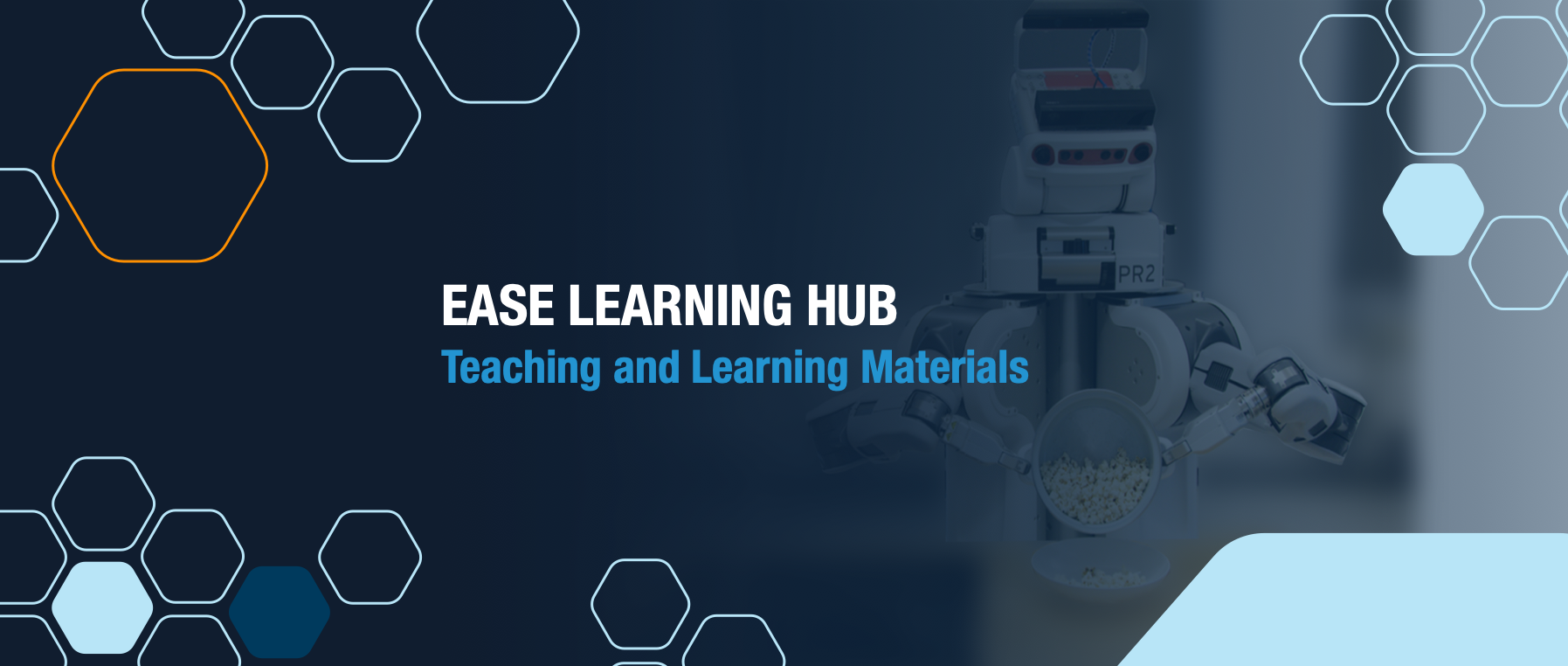RoboHow
The Robohow framework represents control programs as concurrent, percept-guided manipulation plans. It will use websites, visual instructions and haptic demonstration as primary information sources. These heterogeneous pieces of information will be integrated and combined with each other through an interface layer that provides an abstract machine for programming high-level robot manipulation plans. The interpreter for this abstract machine includes novel mechanisms for optimization and constraint-based movement specification, and percept-guided manipulation.

